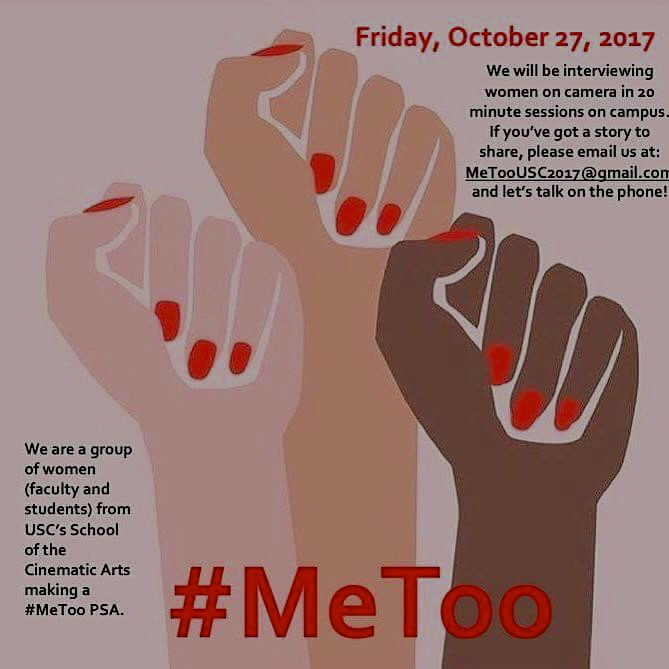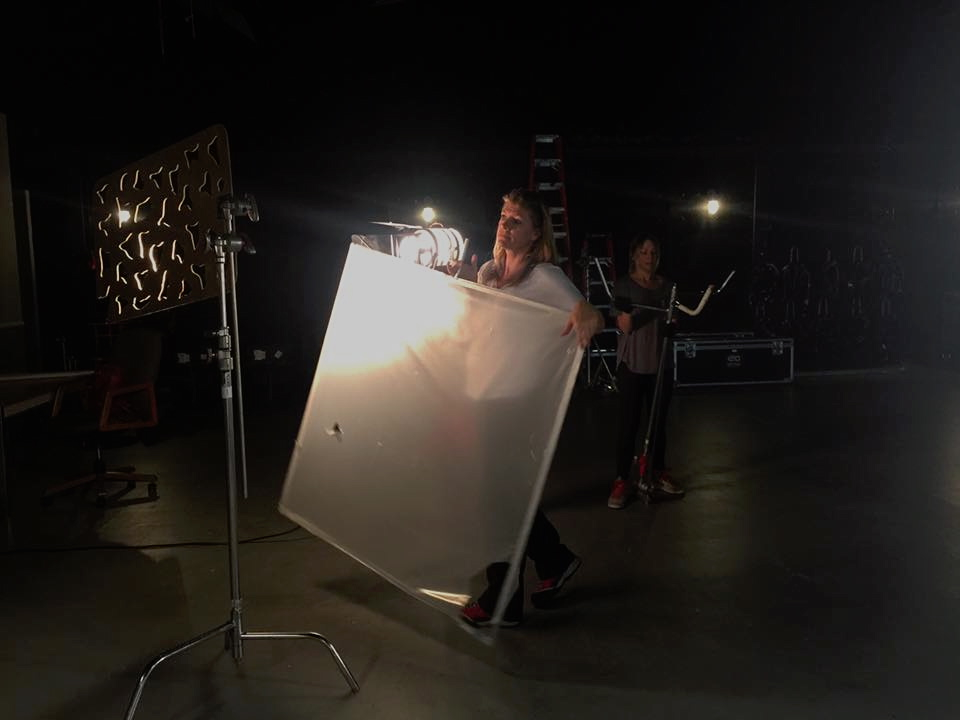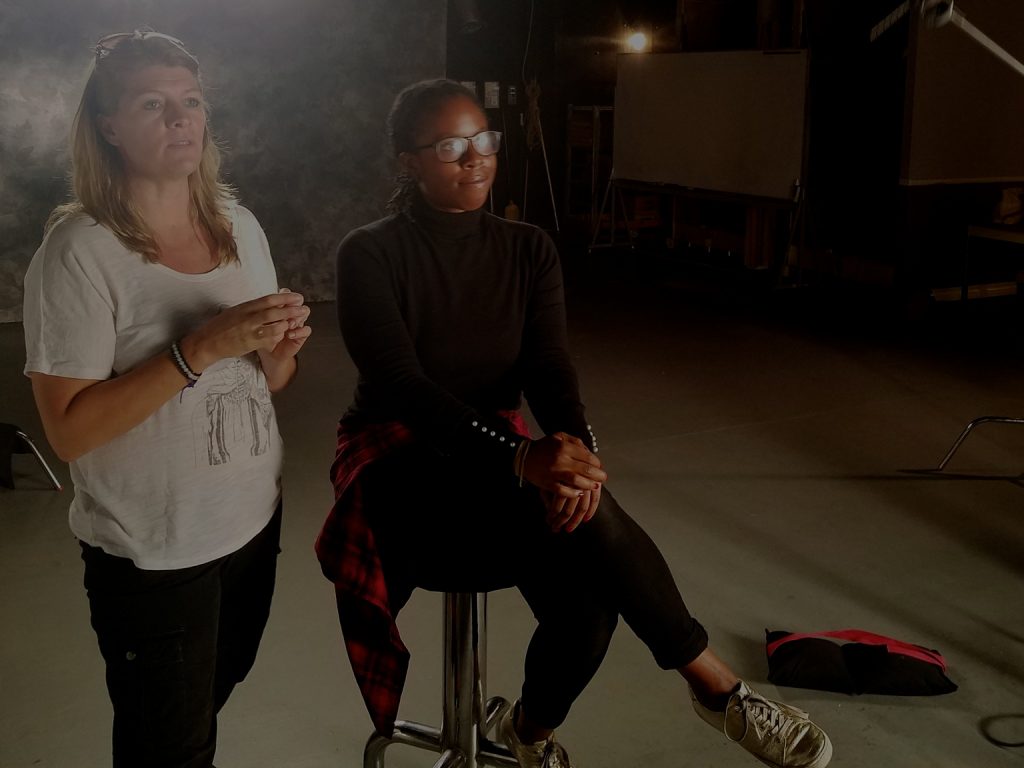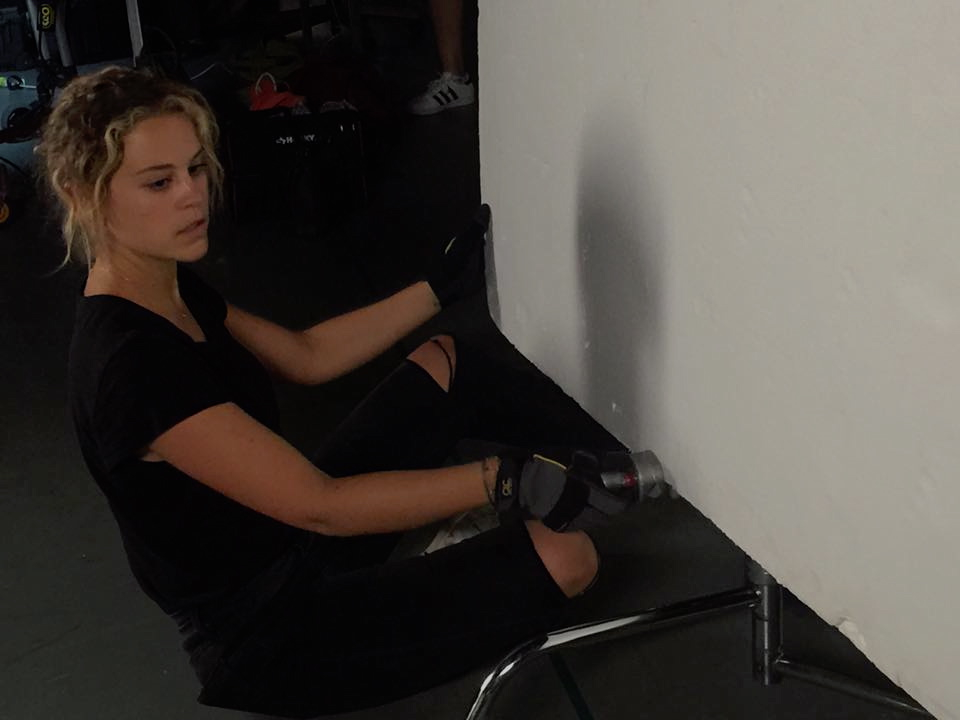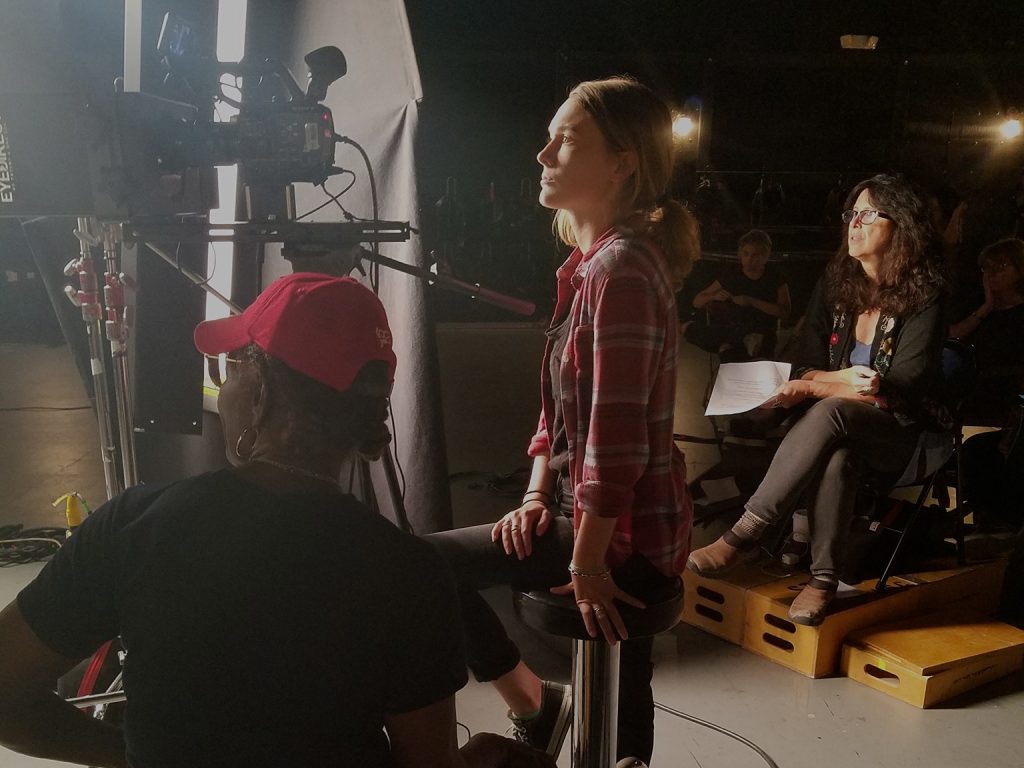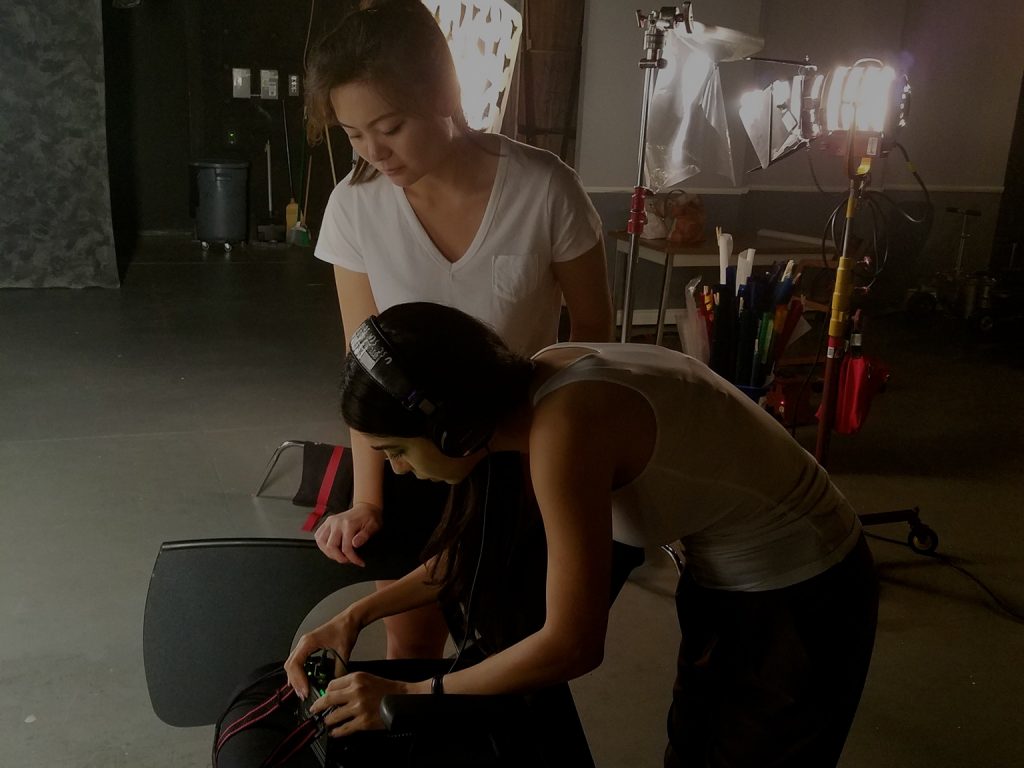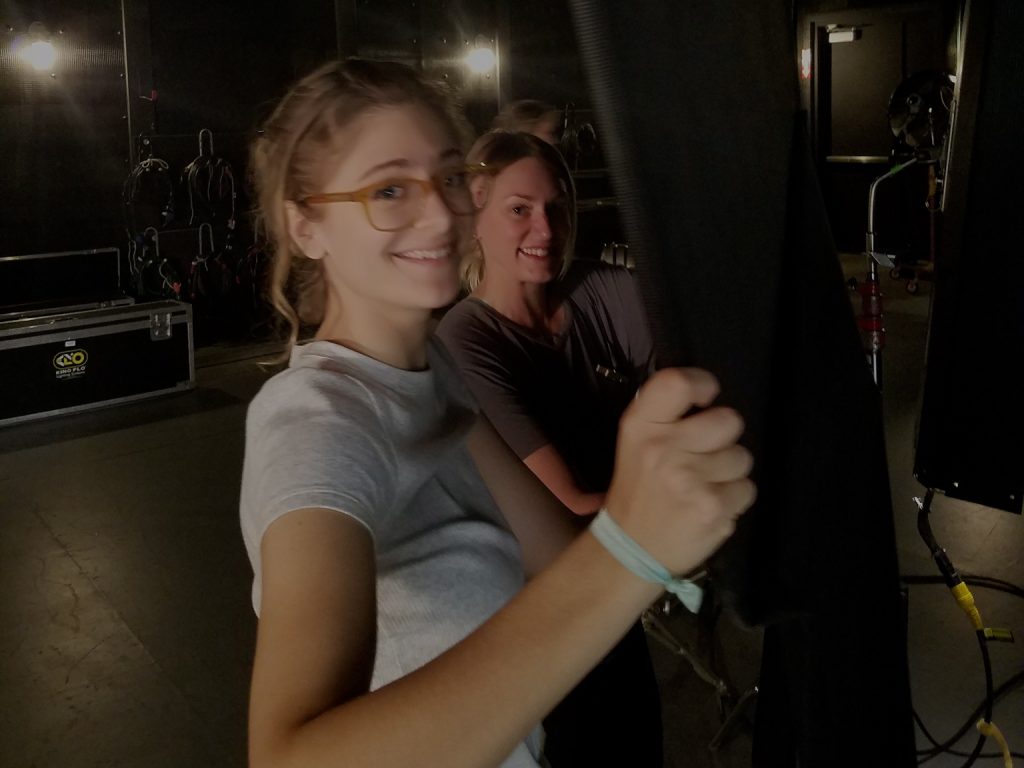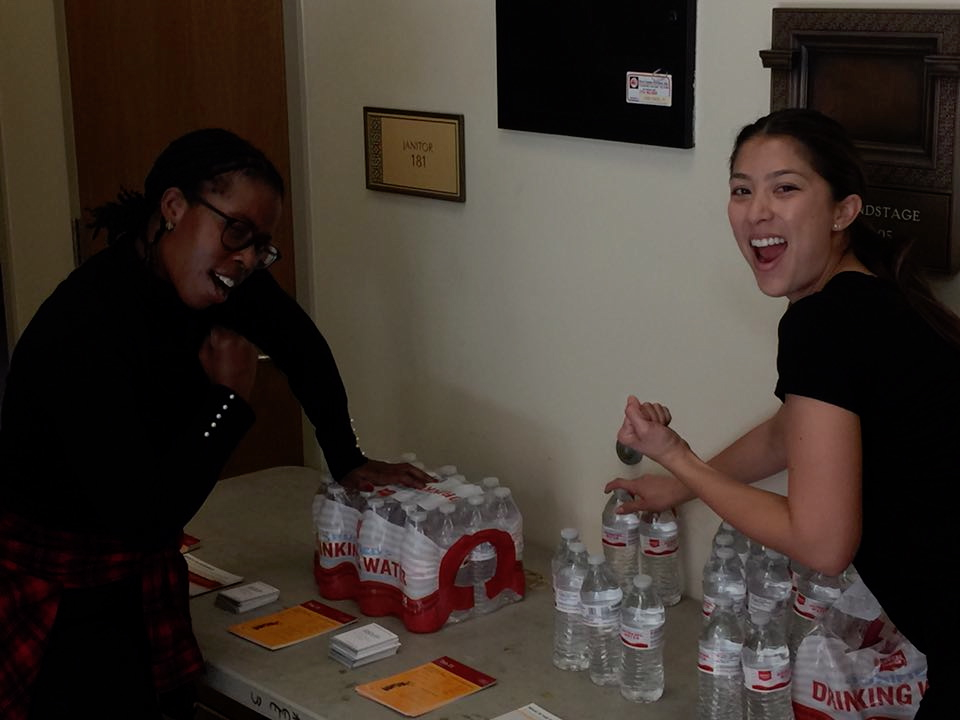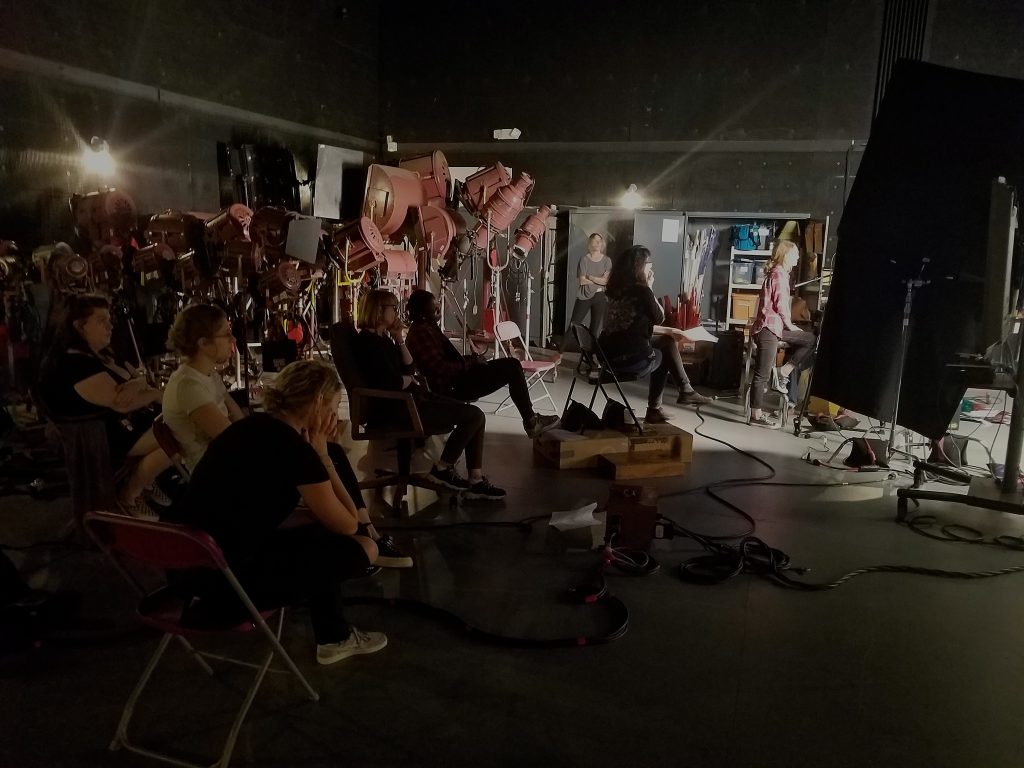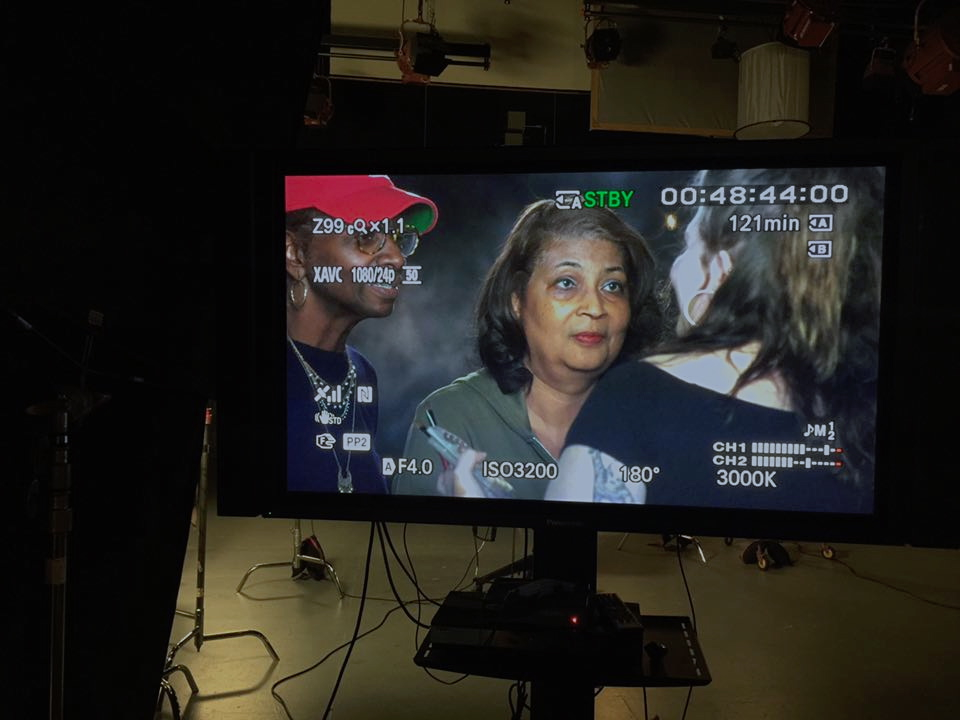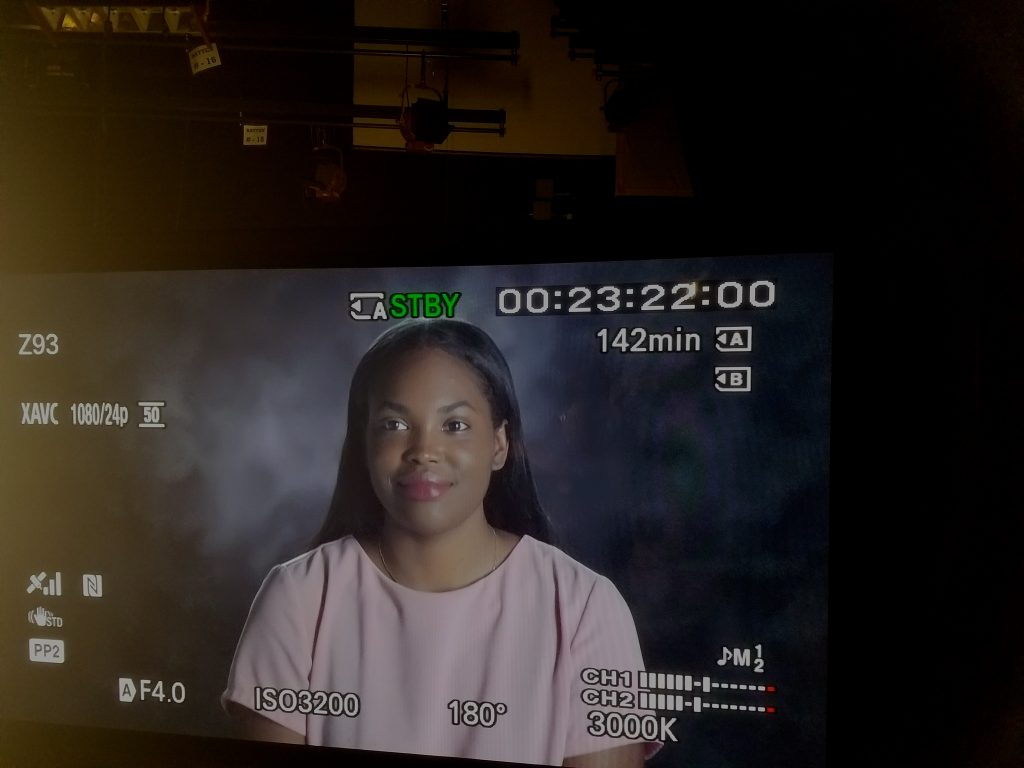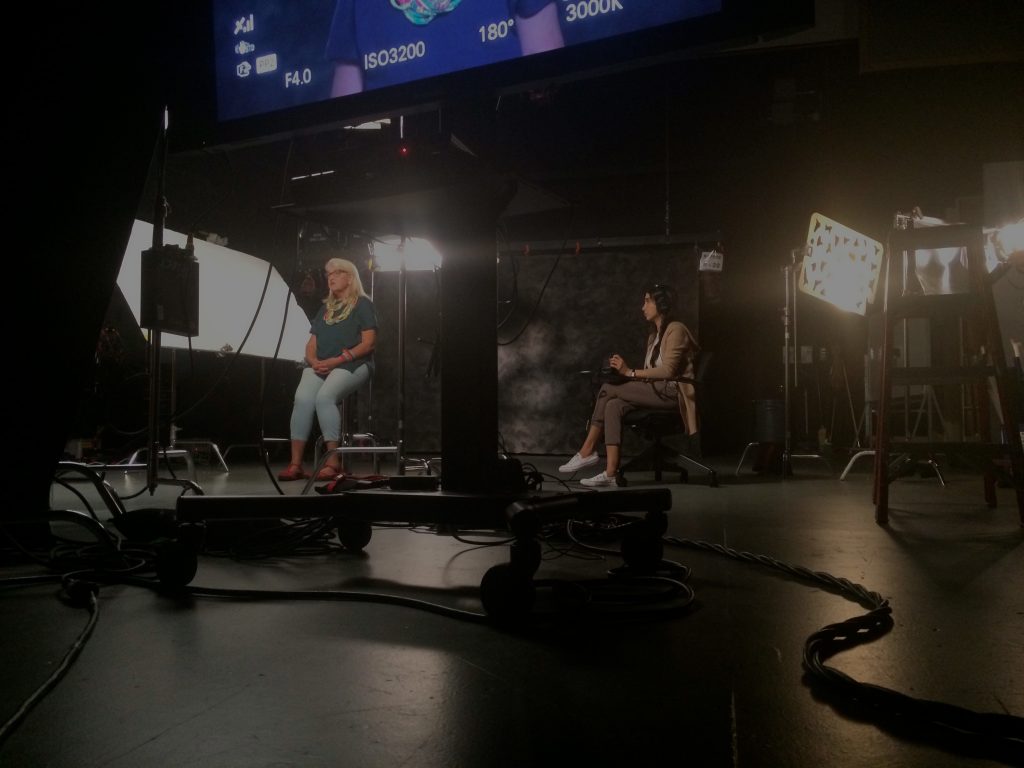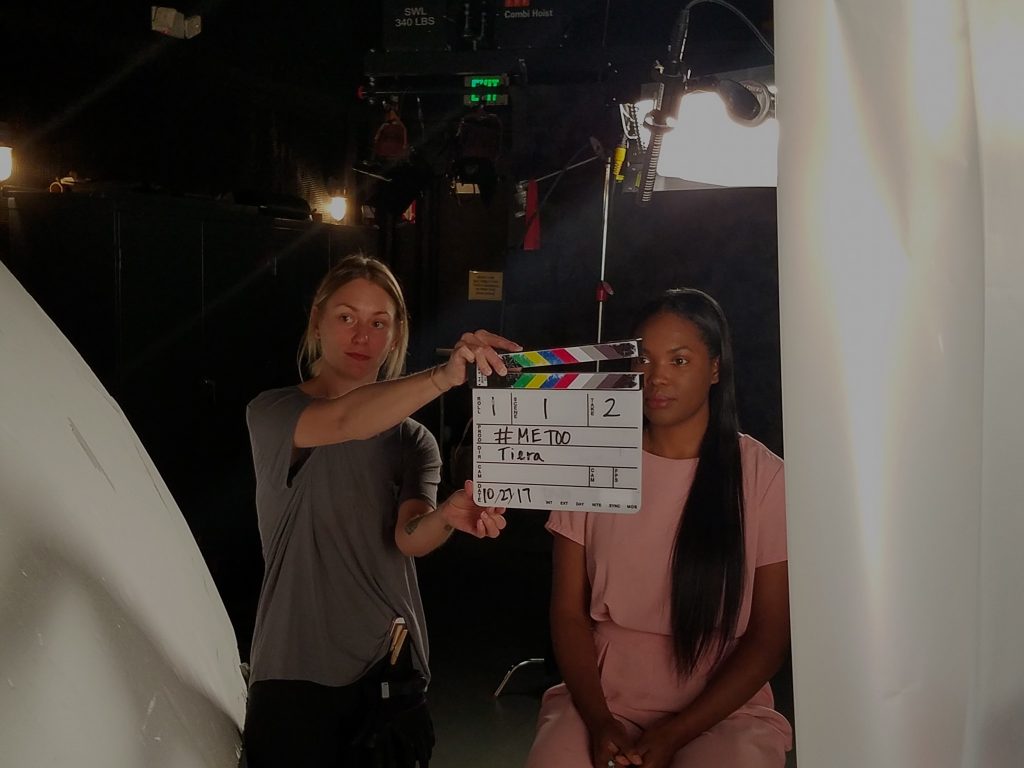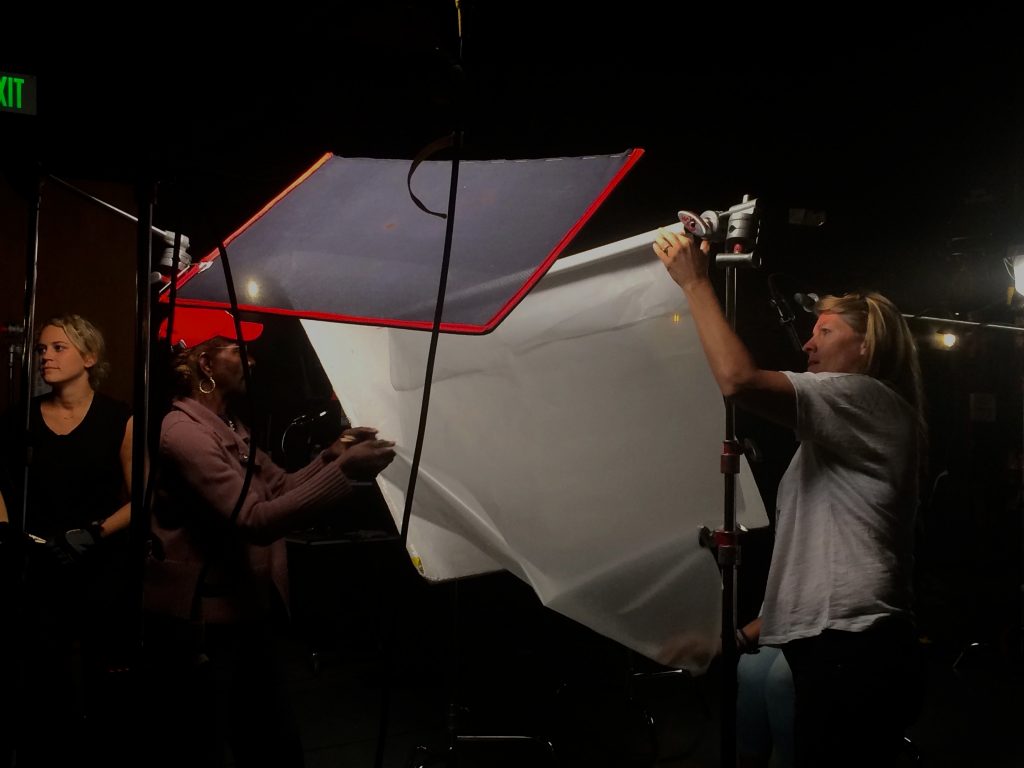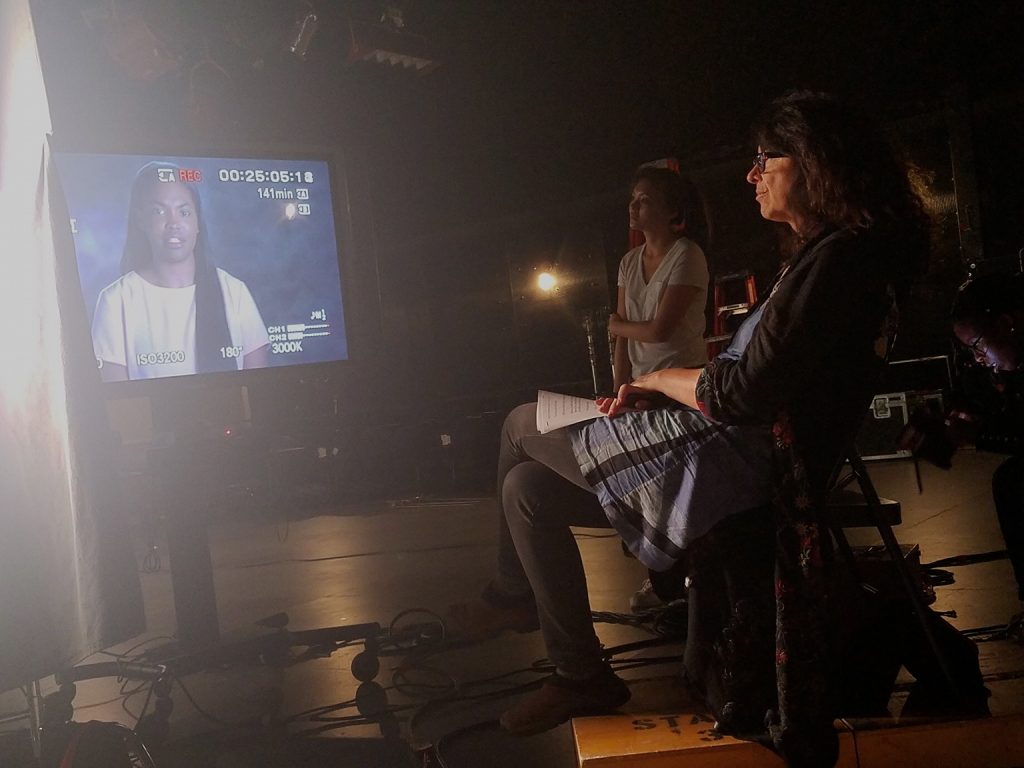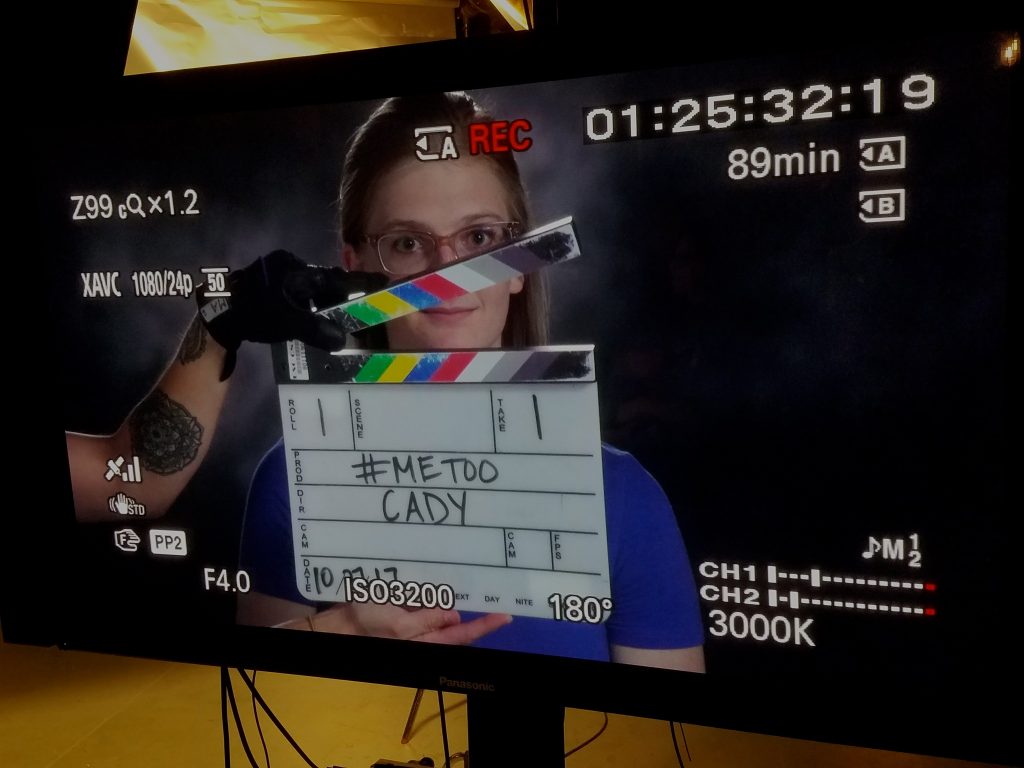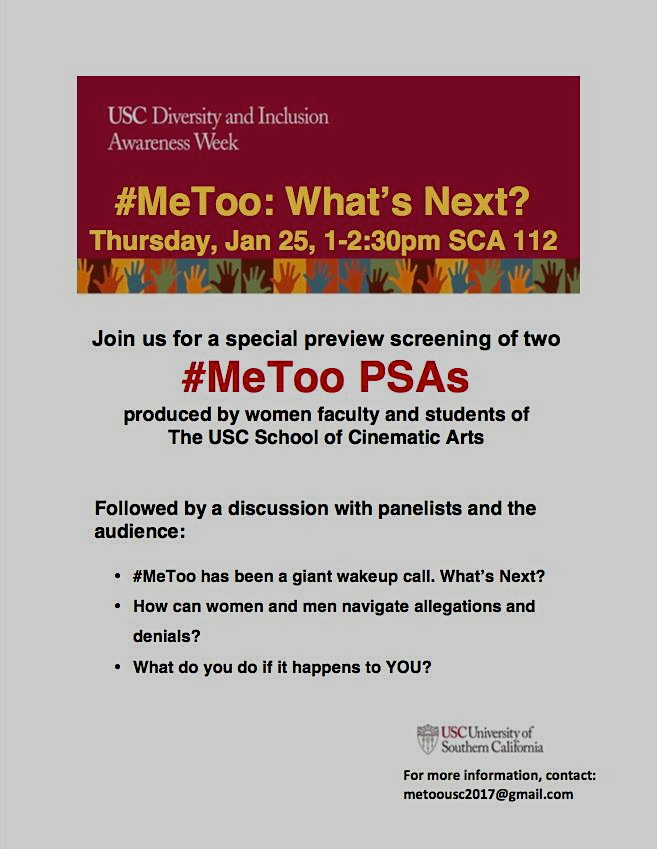#MeToo
Me, #MeToo and Jill
When the Harvey Weinstein news hit the press, my friend, colleague and director Lisa Leeman asked me if I’d join editor Nancy Forner and sound supervisor Midge Costin to interview women willing to share their experiences related to sexual assault and violence. We are all professors at USC’s School of Cinematic Arts. Around the same time, students presented a petition to the dean demanding she refuse Weinstein’s pledge of $5 million to fund women filmmakers. The list of Weinstein’s victims was growing fast. My inbox was flooded with emails asking me to support the petition. As I was reading them, I received a text informing me the dean was about to publicly announce the school’s decision to refuse the pledge
Of course, I jumped at the opportunity to work on this project. It was the middle of a busy semester but we knew we had to move quickly and within two weeks, we were in production. The idea was to gather an all women crew of students and instructors. As word spread, male students asked if they could join us. We wanted to encourage their participation but we felt the interviewees needed a safe environment. So, we asked the guys to provide lunch. It could be solicited food donations, a potluck meal, whatever they could provide. Unfortunately, not one came through for us. Our female producing students reached out to local restaurants for our food.
At our first production meeting, Lisa asked for the names of my crew, their respective positions, and schedules. Much like the military, film crews are hierarchical and regimented. Heads of departments are the generals and production assistants the privates. Crew positions are clearly defined and strictly adhered to. This is the system I work in, teach and never questioned until I heard Jill Soloway talk about a new model. She insists we break the “rules” we assumed were immutable. I was shocked when she mentioned one I especially prided myself in following, NEVER CRY ON SET. In a ground breaking talk she gave at the AFI Directing Workshop for Women, she said, “If you can’t cry, you can’t feel—and if you can’t feel, you’d better not be holding my camera.” Writing this, I was ready to describe her ideas as radical and caught myself. They are not radical. They are rational, practical, and overdue. I drank the Kool-Aid and managed to succeed in this system but not without wounds and scars. However, as head of cinematography at USC’s School of Cinematic Arts, I’m in a position to make changes, in my classes, hiring practices and on the set. Jill’s words looped through my mind, “No more imitating men’s styles or competing with them on their terms. Instead, reinvent at every turn.”
What would this look like? In an interview, actor Kathryn Hahn, who has worked with Jill, talks about a practice known as the box. Before each day’s filming any member of the cast or crew stands on an apple box and shares something important to them, a song, a thought an experience and she added they tend to be incredibly moving. The purpose is to foster a healthier workplace where emotions are encouraged rather than buried.
I had an idea what it could look like on this project. I would not assign crew positions. I would ask for volunteers and whoever showed up could build or operate the camera, or light the interviewees. They could work for an hour, a few hours or the entire day. When I told Lisa, she looked concerned and asked, “Won’t that cause confusion?” “ I don’t know why but I have a gut feeling it will work,” I replied.
And it did. Cinematography students and instructors worked quietly and efficiently, side by side offering and implementing suggestions about lighting and framing. We lit and recorded over twenty women varying in age, ethnicity, skin tone and facial features, in nine hours with just three lights. That’s pretty incredible.
I am deeply moved by the brave women who shared their stories. Some incidents happened many years earlier and others only months ago. Humor, anger, sadness, disbelief were expressed. A few were calm and practiced as if they had told their experience many times. Some were nervous and raw still struggling with the sting of shame. Regardless, they were sharing, heard, believed, and hopefully healing.
The project resulted in three sets of PSA’s and has been screening at numerous University events always followed by a lively discussion around issues of sexual harassment and assault and the big question, What’s Next? We are invited to the National Sexual Assault Conference to screen and participate on a panel titled, “Film School Feminism and #MeToo.
After the shoot, cinematographer, friend and now USC instructor, Dianne Farrington, encouraged me to host Brown Bag Lunches for the female cinematography students and instructors. The goal is to meet and support each other. We’re a small, grass roots group but growing. Coincidentally, Dianne and I both belonged to Women Behind the Lens, an organization we formed years ago, with a similar goal. To date, I have hired Dianne, Michelle Crenshaw, and Bonnie Blake, three women from that organization, to teach at USC.
My New Year’s resolution is to join Jill in questioning, redefining and reinventing the rules. I began with the #MeToo project, continue by hosting the monthly Brown Bag Lunches and increasing the number of female cinematography instructors. Now, if I could just cry on the set.
